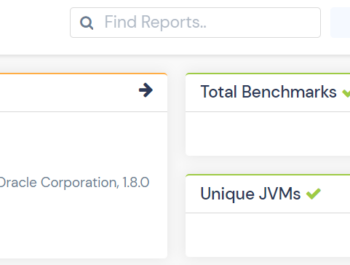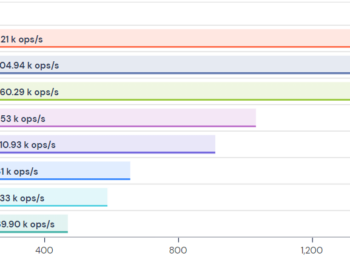Performance must be engineered from the very start
- Performance is always a must, but it becomes an even more critical issue when we have to deal with a hosted application, where the response time is critical for the user experience. Can you imagine a customer opening your website or app and being stuck or experiencing delays? Chances are that you will lose a customer or two, and they will never come back.
- Performance testing and measuring is a key part of the development process. It’s even more important than testing your application to make sure it works as it should.
- If you don’t have a performance testing process in place, you’re not ready to go live. You also might be violating regulations that require that the application must work properly.
What are the common performance testing mistakes?
- There are many performance testing mistakes that can be made. Here are just a couple of examples:
- 1. Not understanding the business problem
You can’t just test the application with a goal of performance testing. You need to understand the business case and what the problem is, and why performance testing is so important.
- 2. Not having a benchmark
You need to have a target performance that you want to achieve. If you don’t have a target, how do you know if you’re improving performance?
- 3. Not measuring the right metrics
There are many metrics that can be used to measure performance. You need to know which are the right metrics for your application.
- 4. Not having a performance testing process
This is the most common mistake. Don’t start testing if you don’t have a process that you can follow. You need to have a process that you can follow every time.
- 5. Not having a performance testing strategy
You can’t just test and hope to find performance issues. You need to have a strategy in place that will help you to find performance issues and fix them.
- 6. Not knowing the performance testing tools
There are many performance testing tools that you can use. Not knowing them and not understanding how to use them is a big mistake.
- 7. Not having a performance testing plan
Performance testing is an ongoing process. You need to have a plan in place that will help you to know when to test and what to test.
- 8. Not having a performance testing team
You can’t expect just one person to do all the performance testing. You need to have a team that will work together to get the best performance possible.
- 9. Not having effective communication
This is very important when you are working in a performance testing team. You need to have a clear communication in place to make sure that everyone is aware of what is going on and what needs to be done.
- 10. Not measuring the performance during development
You need to measure the performance as you are developing the application. If you don’t know how the application performs during development, you might end up with a product that will not work as it should.

